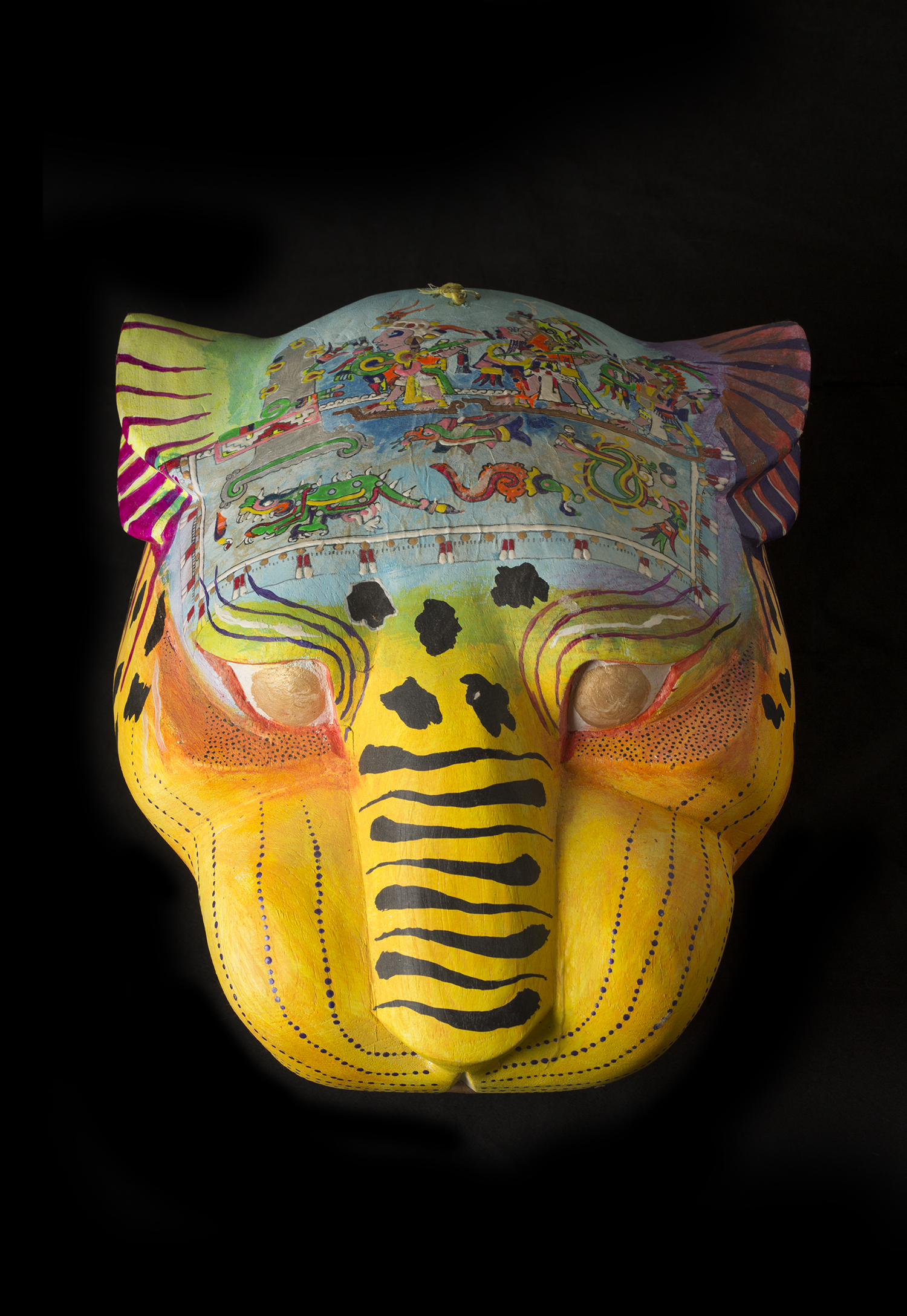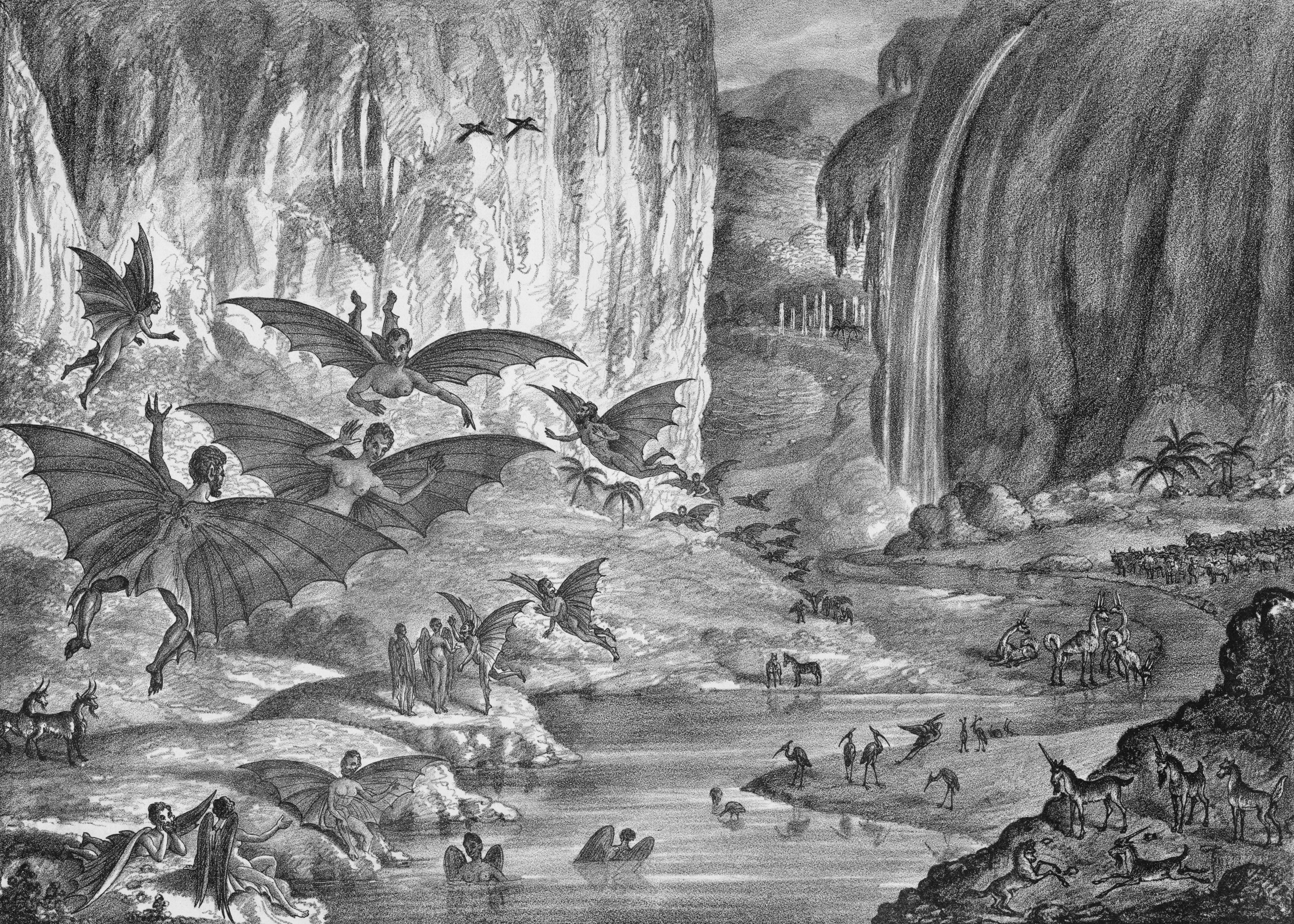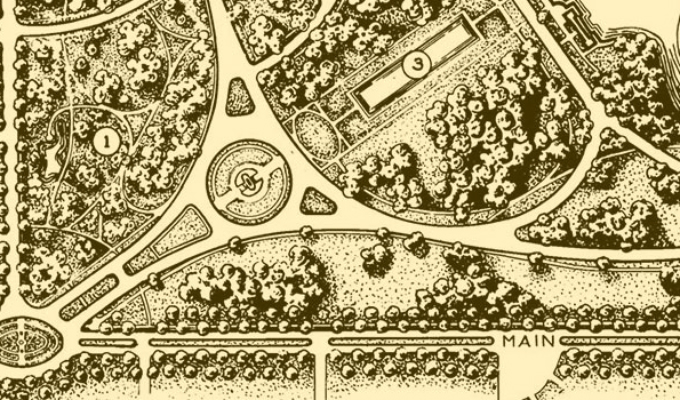
Opening March 24 – FREE for Members
Over a period of several decades, two medical doctors studied Hepatitis B in Asia. This husband and wife team, Dr. Palmer Beasley and Dr. Lu Yu Hwang, took advantage of their travels abroad to collect artifacts wherever they went. Sadly, Dr. Beasley passed away in 2012, and the museum received their collection shortly thereafter. The exhibit presents highlights from this collection, which includes objects from Taiwan, mainland China, Malaysia, the Philippines, Indonesia, Papua New Guinea, Ethiopia, Mexico, the United States and Canada. Close to fifty objects are displayed, with photographs, and videos showcasing how they were made and used.
One example of the objects on display is a jaguar mask from Oaxaca, Mexico. Carved from a soft wood, and painted with very bright colors, it stands out because of a scene depicted on the top of the animal’s head. It is a copy of a page from pre-Columbian codex, showing a group of warriors conquering a town (an event noted by the warriors’ drawn weapons and the arrow piercing the hill). The three warriors approach the hill while rafting on water. One can see aquatic creatures, including a bird-fish, shells, and a crocodile just below these men.
The imagery seen on the carving is a faithful rendering of what we can find in Codex Zouche-Nuttall, a document that belongs to the Mixtec culture. As such, this mask, probably carved no more than thirty years ago, bridges the present with the Precolumbian past. It shows a great awareness of and pride in the carvers’ past.
Vanishing Arts: Highlights from the Beasley-Hwang Collection opens on March 24.







